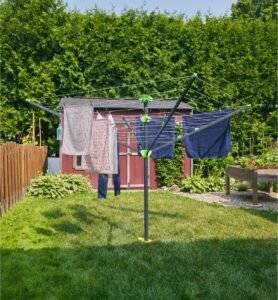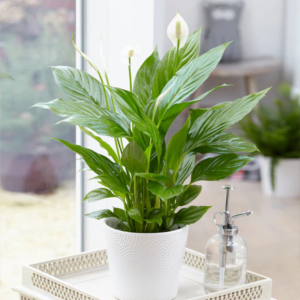Here’s a detailed guide on how to avoid fungus growth in your home during the rainy season, complete with images for better understanding:
Reduce Moisture Levels:
Moisture is the primary culprit behind fungus growth. By controlling moisture levels, you significantly reduce the risk of fungal problems.
- Increase Ventilation and Airflow:
- Open windows and doors strategically: Whenever weather permits, open windows and doors to create cross-ventilation and allow fresh, drier air to circulate.
- Ceiling fans: Run ceiling fans in a counter-clockwise direction during summer to promote air circulation.
- Exhaust fans: Use exhaust fans in kitchens and bathrooms to remove steam and moisture generated from cooking, showering, and bathing. Run them for at least 15 minutes after activities.
- Dehumidifier: If your area experiences consistent high humidity, consider investing in a dehumidifier. This appliance draws in moist air, condenses the moisture into water, and releases drier air back into the room.
Minimize Indoor Moisture Sources:
- Dry clothes outside: Avoid drying laundry indoors, as this adds significant moisture to the air. Hang clothes on a drying rack in a well-ventilated outdoor space whenever possible.
- Leak repairs: Promptly fix any leaky pipes or faucets to prevent them from contributing to moisture problems.
Prevent Condensation:
- Maintain a slightly warmer room temperature: Aim for a room temperature between 70-78°F (21-26°C). Warmer air holds more moisture, reducing condensation on cold surfaces.
- Improve insulation: Good insulation in walls and ceilings prevents heat loss and reduces the formation of cold surfaces where condensation occurs.
Keep Surfaces Dry:
- Wipe down surfaces regularly: Regularly wipe down surfaces in kitchens, bathrooms, laundry rooms, and other moisture-prone areas to remove condensation and prevent mold growth. This includes walls, floors, countertops, and underneath sinks.
- Increase air circulation around furniture: Keep furniture at least a few inches away from walls to allow air circulation and prevent moisture build-up behind furniture.
Promote Light and Airflow:
- Open curtains and blinds: Allow natural sunlight to enter your rooms during the day. Sunlight has natural antifungal properties and can help dry damp areas.
Monitor Problem Areas:
- Inspect basements, crawlspaces, and attics regularly: These areas are particularly prone to moisture problems due to poor ventilation. Look for signs of mold or mildew growth, such as musty odors or visible discoloration on walls or ceilings.
- Address any visible mold growth promptly: If you discover mold growth, clean the affected area with a solution of bleach and water. Wear gloves and a mask while cleaning to protect yourself from spores. In severe cases, consult a professional mold remediation company.
Additional Tips:
- Doormats: Place absorbent doormats inside and outside entryways to trap moisture from shoes.
- Indoor plants (with caution): While some plants add humidity, certain varieties like peace lilies can help absorb moisture from the air. However, be mindful not to overwater them, as this can create a different moisture problem.
- Air purifiers: Consider using air purifiers with HEPA filters to trap mold spores and other airborne allergens.
By following these strategies and maintaining a clean and dry environment, you can effectively prevent fungus growth in your home during the rainy season and create a healthier living space.Looking to install a commercial HVAC System or Duct work in your Business Area? Contact Vipul Ac to learn about our HVAC Service Call +91 8000092000 Today.



